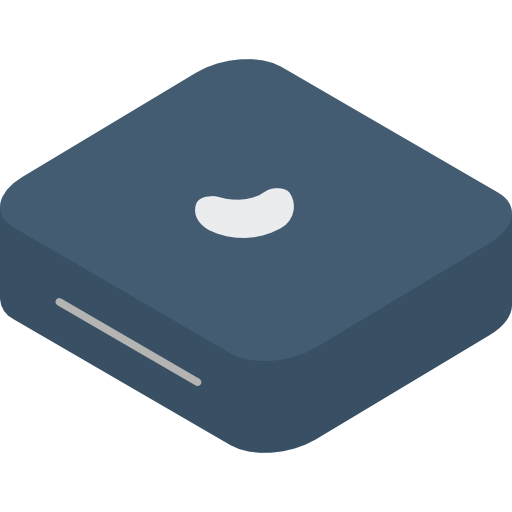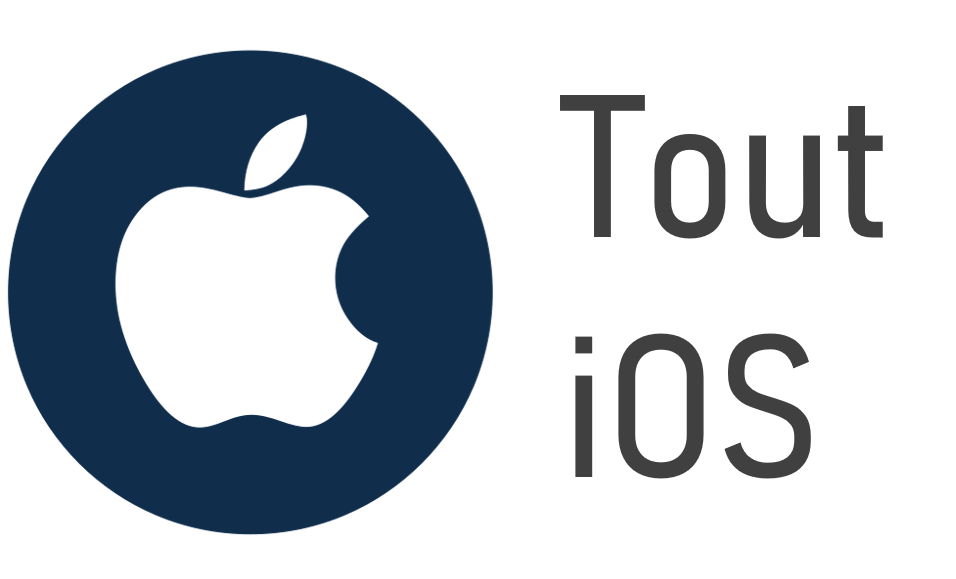View disk capacity hard on her Macbook Pro or on his Macbook Air can be useful, especially if you need to download new software, new applications or just download new versions. Finding out the remaining capacity of your Macbook hard drive is a very simple action, which will only take you a few seconds. In this article, you will find the steps to follow to check the available space on your Mac and also how free up space disk on your Macbook device (how to use iCloud, how to use external devices to lighten Mac hard drive memory, how to optimize Mac storage space with MacOS, how to delete applications…) Happy reading!

The steps to follow to view the remaining space capacity of your hard drive on Macbook
Here are the steps to follow in order to determine whether or not you have enough space on your Macbook device's hard drive by viewing Mac storage:
- Go to the menu Apple (the little black apple located at the top left of your screen)
- Click on the tab About of this Mac
- Select the button More Info to open a window containing the technical characteristics of your Macbook device
- You can now click on the tab Storage

You can now define the available space on your Macbook device and see how the storage is distributed on your drive. The way you are presented with the storage of your Macbook drive is clear et orderly: Different applications, photos, audio files, documents and other data are separated from each other using color codes. The size of each category is also given in the color legend.
The alternatives when the Macbook hard drive is almost full
How free up space on your Macbook hard drive? here are some alternatives which may be of use to you if you wish optimize storage space on your Macbook device.
iCloud, secure data storage tool
iCloud is a tool that allows you to store your photos, documents, audio files, movies, videos, series, applications in complete safety. Moreover, iCloud synchronizes this data with all your other Apple devices (iPhone, iPad…). It is also a very efficient sharing tool, which allows you to share photos, calendars, places and much more. Here are the steps to start using iCloud:
- Log in to your Apple ID to set up iCloud on your Macbook device.
- You can now use iCloud, so you can access all of your videos and photos, whenever you need them. You can also display your desktop and your documents on all your devices (tablets, phones, etc.). In addition, iCloud allows you to store a good amount of documents and benefit from the application ICloud Keychain: your passwords are all saved.
External devices to free up space on your Mac hard drive
Un external hard drive or a USB key (with a good storage capacity) will allow you to expand your storage space in a very simple and efficient way. Just plug your external device into your Macbook and organize your data backup.
Optimize storage space on Mac with MacOS
It is possible to Free up space on your Macbook device by optimizing its storage thanks to MacOS. In case of need of space on your disk, the different files, videos, photos, audios, movies, Apple TV shows and even attachments from your emails will be automatically kept in iCloud. You can, of course, have access to these files at any time, by connecting to your iCloud thanks to your Apple IDs. You can also download the original files whenever needed. Thus, all these different files will no longer be counted in your macbook hard drive but directly in the Cloud and therefore will not occupy space on the memory of your Apple device.
Here is the steps to follow to optimize storage space on Mac thanks to MacOS:
- Go to the Apple menu (the little black apple located at the top left of your screen).
- Now click on About This Mac
- Select the tab Storage then click on the option Manage
MacOS can now calculate the space used by the different categories (the different files, videos, photos, audios, films, Apple TV series…). You will have to wait a few moments for the calculation to be finalized and display the correct values for each category.
- Personalized Recommendations are presented to you. It's up to you choose how you want to optimize storage on your Mac: Reduce clutter? Empty the recycle bin automatically? Optimize storage? Store in the Cloud?
If more space is needed on your Macbook hard drive, MacOS will then be able to automatically erase cache and history files (interrupted downloads, MacOS and application updates, website data, etc.) . If your hard drive is partitioned, the recommendations apply only to the partition that contains your home directory.
You also have the option to upgrade to MacOS Catalina, the latest version of the Mac operating system, which will allow you to enjoy the functionality of your Macbook device even more.
Optimize Hard Drive Capacity: Remove Apps on Macbook
Deleting apps that you are not using on your Macbook device will allow you to save memory space on Mac hard drive. deleting thus makes storage space available for other items (if you want to download a new application for example, or download movies or other files.) Here are the steps to follow in order to delete an application on Mac:
- Open the Launchpad from your file Applications by clicking on the icon in your Dock (the little gray rocket). If the application you want to remove does not appear in the Launchpad, then use the small search magnifying glass located at the top right of your screen.
- Hold down Option until the apps start to move (like when you rearrange or delete an app on your iPhone).
- You can now click on the small cross next to the app you want to remove and then click on Remove to confirm. The application is now permanently deleted from your Macbook hard drive.
Please note that there are some applications, like on your Iphone, which cannot be deleted from your Macbook device, either because they are required by your Mac or because they are not from your Macbook. the App Store. To delete an application that does not come from the App Store, you must use the Finder:
- To delete an application using the Finder, type the name of the latter directly from the Finder (usually apps are in the folder Applications)
- You can now drag the application you want to delete to the trash (or select it and click Place in Trash). Your Mac may ask you for a password to remove some apps. All you need to do is enter the administrator password for your Mac.
- do not forget to Empty the trash in order to permanently delete the application in question.

